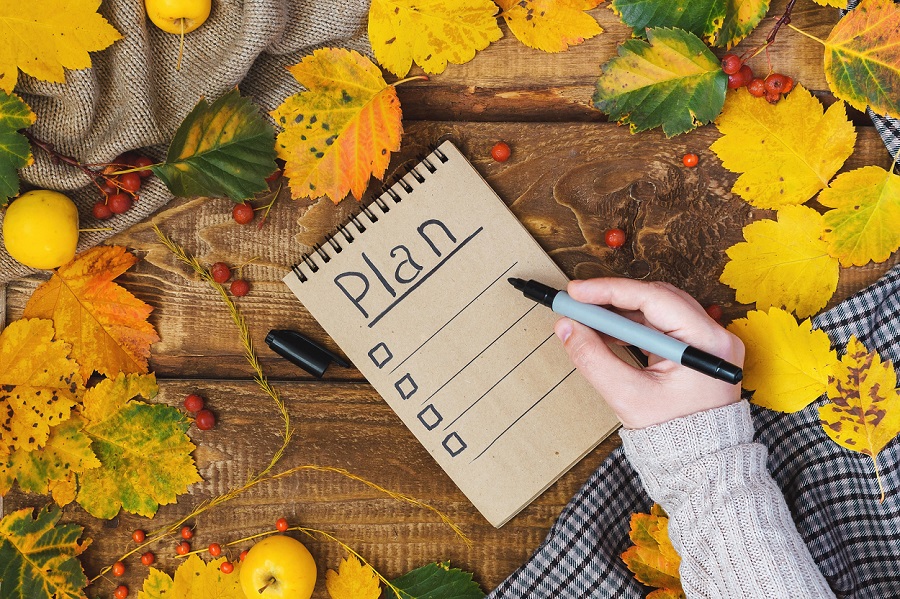by Kimberly Knight
As the leaves change and the air gets crisp, it’s easy to get caught up in the beauty of fall. However, changes in seasons can bring about weather events that can go from typical to severe quickly, as we’ve seen with the tragic flooding that’s occurred in the Southeast over the last week. As caregivers, we’re always prepared for the unexpected. This is a good to consider how a natural disaster might impact your loved one?
Imagine losing power and your loved one’s oxygen machine, CPAP, or electric lift chair suddenly stops working. What would you do? We often focus on property damage, but these medical emergencies can be even more frightening. Having a preparedness checklist can alleviate some of those worries and enable you to act quickly, and with purpose, if an unexpected natural disaster occurs.
Ensuring Safety and Well-Being During Outages Checklist
Have a plan
Have a plan in place for what to do during a power outage. This includes having backup equipment and knowing where to go for treatment if your usual clinic is not available.
Contact your utility company
Let your local utility company know that you rely on home medical equipment. Many utility companies offer utility assistance and have a “priority reconnection service” list for power-dependent customers.
Have emergency supplies on hand, such as:
- A battery-powered radio
- Fresh and fully charged batteries
- Flashlights
- Emergency phone numbers for doctor, fire, police, and ambulance services
Medication Preparation Checklist
- Keep insulin and other drugs that need to be kept cold in a refrigerator
- Fill a cooler with ice for medications that need to be refrigerated
- Place medications in sealable plastic bags or water-tight containers
- If power has been off for a long time, discard and replace the drug
Prepare your medical devices
- If you use a CPAP or BiPAP, have a charged backup battery pack and an inverter
- If you use a ventilator, keep a resuscitation bag handy
- If you use oxygen at home, check with your doctor to see if you can use a reduced flow rate in an emergency
By taking these steps, you can be better prepared to handle any fall emergencies and ensure your loved one’s safety and well-being. Remember, a little planning can go a long way. For additional information, read the Emergency Power Planning for People Who Use Electricity and Battery Dependent Assistive Technology and Medical Devices checklist and guide.
Being prepared for autumn weather emergencies is crucial for caregivers and their loved ones. By following this checklist and taking proactive steps, you can ensure that you are ready to handle any unexpected situations that may arise. Remember to regularly review and update your emergency plans, keep essential supplies on hand, and maintain open communication with your loved ones about safety measures. With careful preparation and awareness, you can navigate the challenges of the season with confidence and peace of mind. Stay safe and be proactive this autumn!

